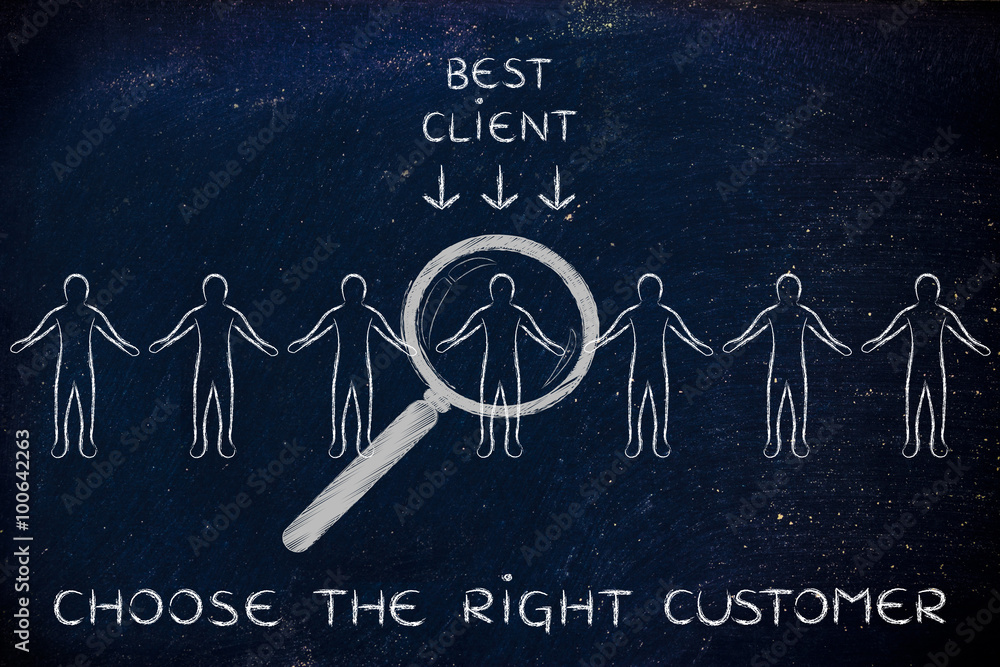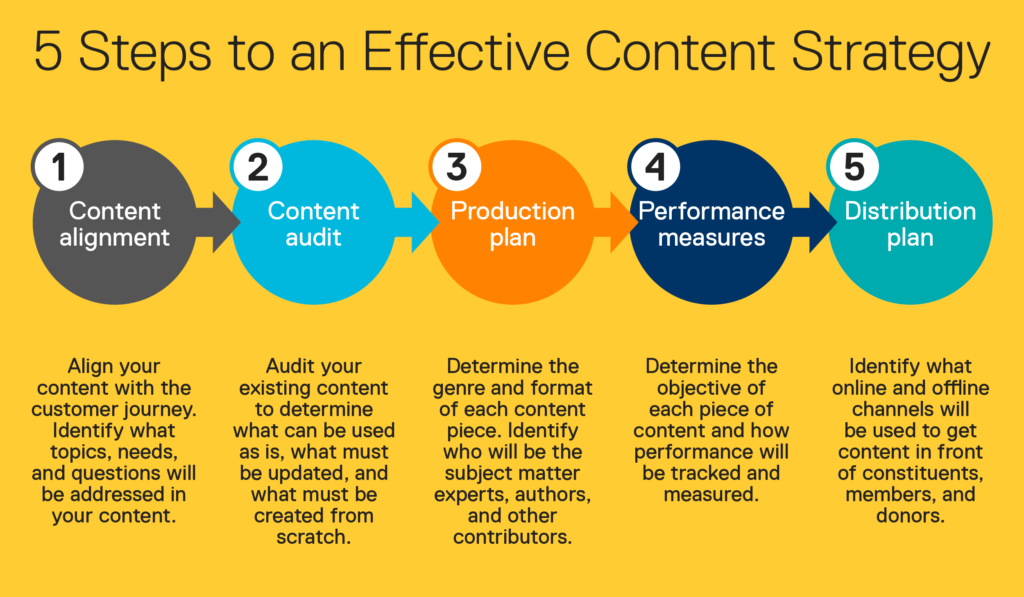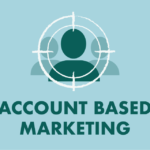Personalize With Predictive Marketing: Use Intent Data In Account-Based Marketing strategy
Predictive marketing utilizes data to define your target audience, offer more relevant data to the targeted client and grow the business faster. Predictive marketing peers deep into your CRM data to find the right list of clients for your Account-Based Marketing strategy. And with intent data, you can use relevant topics and materials for a hyper-personalized approach. Think of Intent data as the ultimate strategic partner to ABM.
The three core impacts of Intent data and how it is used in Account-Based Marketing strategy:
Growth
Intent data enables you to increase the size of your database with the right client information. Uses predictive demand generation insight into what audience you should target with your marketing and sales efforts.
Alignment
With Intent data, you can distinguish what size/type of company you should be targeting, and you can ensure that you are reaching the right prospects. This helps save time and money by reaching out to those who are more likely to buy your product.
Performance
When every aspect of the marketing and sales team uses data to concentrate their energy on the most valuable clients, it results in more client conversions. ABM aligns sales and marketing teams for a more focused approach.
Intent data provides you with data-driven intelligence to select your target audience so that your account-based marketing tactics have a significantly higher success rate. Do not rely on just gut feeling or manual selection to determine your target audience. With ABM, you can be assured that marketing and sales time is spent targeting the right clients.
Learn more about Supercharge Account-Based Marketing With Intent Data
Evaluating Account-Based Marketing Success Metrics
If you’re going to spend time and effort executing an ABM strategy, it is necessary to measure your program’s long-term success. You don’t have to rely on new account-based marketing methods to measure ABM metrics effectively. Analyze the best sources of Account-Based Marketing.
How is Account-Based Marketing different from Traditional Demand Generation?
You measure client conversions, not leads
Success is not just lead generation. Marketing and sales teams should focus on generating highly qualified leads to increase the conversion rate.
Invest time in filtering clients out of the target audience who are more likely to purchase your products.
Focus on quality, not quantity
Don’t get rid of your MQL; always keep them in the backup. One successful client conversation is more valuable than 20 unqualified leads. Use intent data to understand client persona, offer products and services as per their requirement, and reach out proactively with the relevant data that the client is looking for to generate qualified leads.
Monitor progress during the buyer journey
ABM often deals with large-size companies, which means longer sales cycles. Track multi-attributions so you can observe early-stage growth. ABM program will influence longer-term business enterprises like success rates, sale velocity, and average sale value.
Coverage
Firstly, you’ll require to keep track of coverage. This is the number of relevant contacts and information you have about those important clients within your target audience. This data is usually stacked in your CRM.
Essentially, coverage measures the entirety of your client data.
● Relevant client contacts
● Relevant client information
● Complete data
Engagement
Engagement measures the client’s interactions with your company. You can track the client’s engagement with your brand the same way they traditionally track engagement:
● Website Traffic
● Forms filled out
● Successful touchpoints, like email open rate and click-through rate
Influence
Lastly, measure how Account-Based Marketing has influenced the end result and closed a deal. As ABM strategy begins to mature, you should analyze metrics like:
● Sales velocity
● Success Rate
● Average Client Lifetime Values
● Customer Retention
By tracking specific clients firmly, as ABM metrics require, marketing can point out the similarities between specific engagement and sales outcomes. Marketing teams should keep a close eye on which campaigns impact specific outcomes.
Learn more about Best Account-Based Marketing Tactics To Boost Your Buyer Engagement





